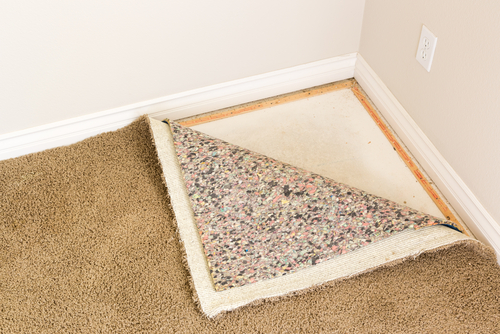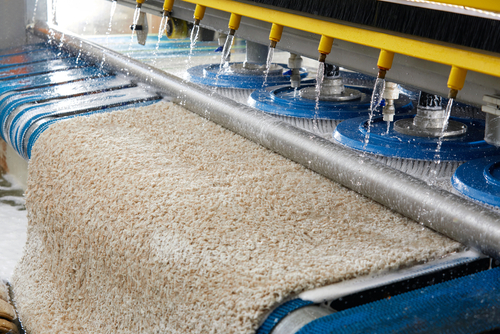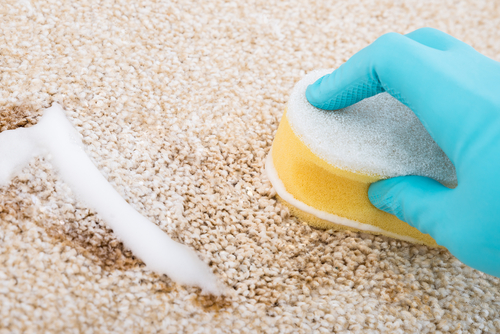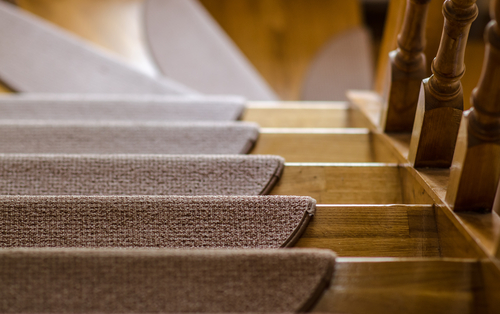
Understanding Mold and Mildew in Carpets
Understanding Mold and Mildew in Carpets. Mold and mildew, although similar in appearance, have distinct characteristics and behaviors.
Mold tends to grow in colonies and can penetrate deep into porous surfaces like carpet fibers.
Mildew, on the other hand, often remains on the surface and is easier to remove. Understanding these differences is crucial for effective remediation strategies.
Table of Contents
Causes of Mold and Mildew Growth in Carpets
In addition to humidity and moisture, other factors contribute to mold and mildew growth in carpets.
Poor ventilation, inadequate cleaning practices, and even the type of carpet material can influence fungal development.
By addressing these underlying causes, homeowners can effectively prevent infestations.
Potential Health Risks of Mold and Mildew

The health risks associated with mold and mildew exposure cannot be overstated.
Prolonged exposure can lead to respiratory issues such as coughing, wheezing, and throat irritation.
Individuals with pre-existing conditions like asthma or allergies are particularly susceptible and may experience exacerbated symptoms.
Certain demographics, such as children, the elderly, and individuals with compromised immune systems, are at higher risk of experiencing severe health effects from mold exposure.
These vulnerable populations need to take proactive measures to prevent mold growth in their homes.
Preventative Measures for Mold and Mildew in Carpets
Controlling Humidity and Ventilation
Maintaining optimal indoor humidity levels and ensuring proper ventilation are fundamental steps in mold prevention.
This can be achieved through the use of dehumidifiers, exhaust fans, and regular air circulation.
By controlling moisture levels, homeowners can create an environment inhospitable to mold growth.
Regular Carpet Maintenance
In addition to humidity control, regular carpet maintenance is essential for preventing mold and mildew.
Vacuuming carpets at least once a week, promptly addressing spills, and scheduling professional cleanings can help remove potential sources of fungal growth and maintain a healthy indoor environment.
DIY Solutions for Removing Mold and Mildew from Carpets

While professional intervention may be necessary for severe infestations, there are several DIY remedies that homeowners can try for minor mold and mildew issues.
Natural ingredients such as vinegar, baking soda, and hydrogen peroxide are effective in killing mold spores and removing stains.
When using DIY cleaning solutions, it’s essential to take appropriate safety precautions to protect against exposure to harmful chemicals and mold spores.
This includes wearing gloves, goggles, and a mask, as well as ensuring adequate ventilation in the cleaning area.
When to Hire Professional Carpet Cleaners for Mold and Mildew
While DIY methods can be effective for minor mold and mildew issues, certain signs indicate the need for professional intervention.
These include extensive mold growth, persistent musty odors, and health symptoms such as coughing or wheezing.
Professional carpet cleaners have the expertise, equipment, and products necessary to effectively remove mold and mildew from carpets.
In addition to thorough cleaning, they can also identify underlying issues contributing to mold growth and recommend preventative measures to minimize future infestations.
Choosing the Right Professional Carpet Cleaning Service

When selecting a professional carpet cleaning service, homeowners should consider factors such as experience, certifications, and customer reviews.
Additionally, choosing a company that specializes in mold remediation ensures that the job is done safely and effectively.
Before hiring a carpet cleaning service, homeowners should ask specific questions to ensure they are well-equipped to handle mold and mildew issues.
This includes inquiring about their cleaning methods, safety protocols, and guarantees for service quality.
Post-Cleaning Care and Maintenance
Once mold and mildew have been removed from carpets, it’s important to take steps to prevent their recurrence.
This may include maintaining optimal humidity levels, addressing any underlying moisture issues, and implementing regular carpet maintenance routines.
Regularly inspecting carpets for signs of mold and mildew growth is essential for early detection and intervention.
This can involve visual inspections, as well as monitoring for musty odors or changes in air quality.
The Role of Carpet Replacement in Severe Cases
In severe cases where mold and mildew have penetrated deep into carpet fibers or the underlying padding, replacement may be necessary. This ensures the complete removal of fungal spores and prevents future health risks.
When replacing carpets, homeowners should consider investing in mold-resistant materials.
These carpets are designed to resist moisture and inhibit mold growth, providing added protection against future infestations.
Frequently Asked Questions (FAQs)

How can I tell if the mold in my carpet is dangerous?
The presence of extensive mold growth, persistent musty odors, or health symptoms following exposure may indicate a more severe infestation requiring professional intervention.
Can mold and mildew in carpets spread to other areas of my home?
Yes, mold spores can easily spread to other areas of the home through air circulation or physical contact. Prompt remediation is essential to prevent further contamination.
How long does it take for mold to start growing in wet carpets?
Mold can begin to grow within 24-48 hours under favorable conditions, making prompt cleanup of spills and moisture essential for prevention.
Are there any health symptoms I should watch for if I suspect mold exposure?
Common health symptoms associated with mold exposure include coughing, wheezing, nasal congestion, throat irritation, and skin rashes. Individuals experiencing these symptoms should seek medical attention promptly.
How often should I have my carpets professionally cleaned to prevent mold and mildew?
It is generally recommended to have carpets professionally cleaned at least once a year, or more frequently in high-traffic areas or humid climates.
Understanding Mold and Mildew in Carpets – Conclusion

Combatting mold and mildew in carpets require a proactive approach that includes prevention, early detection, and prompt remediation.
By implementing the strategies outlined in this comprehensive guide, homeowners can protect their families and preserve the integrity of their living spaces.
Remember, when it comes to mold and mildew, prevention is key. Take action today to ensure a healthier tomorrow.
Take proactive steps to assess your carpets, address any existing issues, and implement preventative measures to protect your family’s health and well-being.
Whether you choose to tackle the problem yourself or enlist the help of professionals, the important thing is to take action now. Your home and your health depend on it!
Are you seeking professional and reliable carpet cleaning services in Singapore? Contact us today!



